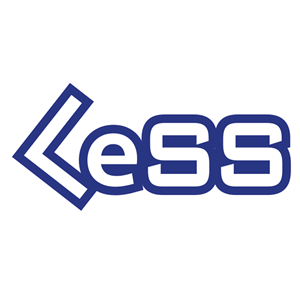Learn about purchasing for teams


Certified LeSS Practitioner: Principles to Practices
Taught by: Wolfgang Richter
Course details
Location
In-Person
tbd, Vienna, AT
Reviews

More courses by Wolfgang
 Certified LeSS Basics
Certified LeSS Basics
-
Fri Nov 14, 2025
-
8:00 AM UTC
-
Live Online
-
AT
 Certified LeSS Basics
Certified LeSS Basics
-
Fri Dec 12, 2025
-
8:00 AM UTC
-
Live Online
-
AT


